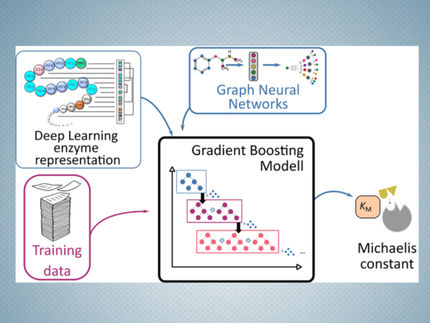Vacuum-like device makes cellular exploration easier
New floating microscopic device will allow researchers to study a wide range of cellular processes
It’s a bit of a challenge. But, imagine a microscopic jet vacuum cleaner, the size of a pen nib that hovers over cell surfaces without ever touching them. Then imagine that the soap in the cleaning solution is replaced with various molecules that can be selectively delivered to the cells. This gives you a sense of a new device that researchers believe will serve as a powerful tool to study the behaviour of living cells and a range of crucial cellular processes, from cancer cell formation to how neurons align themselves in the developing brain.
The device was developed by a team made up of Mohammad Ameen Qasaimeh and David Juncker from McGill’s Department of Biomedical Engineering, and Thomas Gervais from the Ecole Polytechnique of Montreal. It is based on using quadrupoles, or paired identical objects, two "positive" and two "negative" arranged in a square in order to create a force field between them. Electrostatic quadrupoles are used in radio antennae, and magnetic quadrupoles serve to focus beams of charged particles in particle accelerators. Quadrupoles also exist in fluids. They have been described theoretically for decades, but this is the first time that they’ve been fabricated in a lab setting.
The device is fabricated by etching four holes in a silicon tip, which is about 1 mm square. When the device is brought close to a surface, it acts on it pretty much like a water jet vacuum cleaner would. Two apertures (the “plus” holes, or sources) emit microscopic jets of fluid, onto the surface below and the two other apertures (the “minus” holes, or drains), immediately suck them back into the device.
In the vacuum cleaner analogy, if the carpet is replaced by a slice of living tissue, or a layer of adherent cells, the device can float over that surface to reach a desired target. It then simply sends out a stream of fluid with the chemicals needed to stimulate, probe, detach or kill the cells, depending on the application.
The device can also create regions of smoothly varying chemical concentration called gradients. These gradients are the key to studying many cellular processes such as how bacteria and other cells move about in the body. The researchers hope that this new kind of device will find many applications in the in vitro study of a wide range of essential cellular processes.
Most read news
Other news from the department science

Get the analytics and lab tech industry in your inbox
By submitting this form you agree that LUMITOS AG will send you the newsletter(s) selected above by email. Your data will not be passed on to third parties. Your data will be stored and processed in accordance with our data protection regulations. LUMITOS may contact you by email for the purpose of advertising or market and opinion surveys. You can revoke your consent at any time without giving reasons to LUMITOS AG, Ernst-Augustin-Str. 2, 12489 Berlin, Germany or by e-mail at revoke@lumitos.com with effect for the future. In addition, each email contains a link to unsubscribe from the corresponding newsletter.





















































